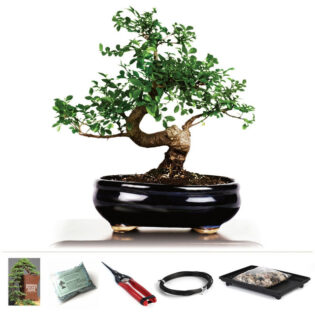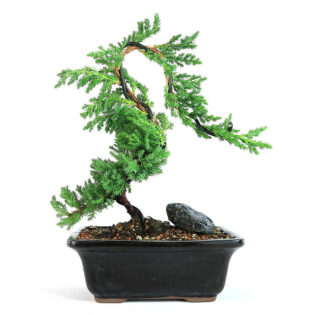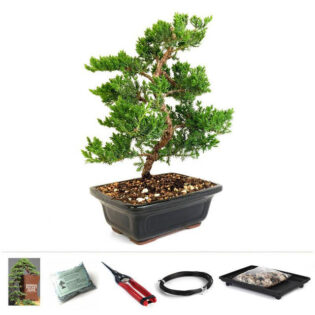Japanese Coral Bark Maple
$129.00
New York
Standard – $15, delivery charge is free for orders over $50. For the same-day New York delivery service, please place your order before 2.00pm, Monday – Friday. For same-day New York delivery service on Saturdays, place before 10.00am.
Nationwide Delivery
Standard – $20. A next-day nationwide delivery service is available Tuesday – Saturday for orders placed by 2pm the previous day.
Each bouquet will arrive with flower care instructions. Please note, certain fragile products are available for a New York delivery only.
A defining feature of the Japanese Coral Bark Maple is its striking coral-red bark, which becomes more vivid as the weather cools. This eye-catching bark contrasts beautifully with the lush green leaves that cover the tree in spring and summer. During autumn, the foliage shifts to warm hues of yellow and golden-orange, harmonizing with the coral bark and creating a picturesque scene.
Growing a Japanese Coral Bark Maple involves careful attention to its environment and maintenance. This maple thrives in well-draining, acidic soil and benefits from partial shade to shield its delicate leaves from intense sunlight. Regular pruning is crucial to maintain its elegant shape and encourage fresh, vibrant growth, ensuring the tree remains visually appealing and healthy throughout the seasons.
The Japanese Coral Bark Maple is more than just an attractive plant; it symbolizes resilience and beauty through seasonal changes. Its ability to adapt to different climates and soil conditions makes it a versatile option for gardeners and landscapers looking to add a striking focal point to their outdoor spaces.
This maple is ideal for gardeners of all experience levels. Its manageable size makes it suitable for small gardens, where it can serve as a standout specimen tree or complement mixed borders with its vibrant color and texture.
Caring for a Japanese Coral Bark Maple involves patience and an appreciation for nature’s cycles. Observing its seasonal changes, from the vivid coral bark in winter to the green foliage in summer, fosters a deeper connection with the natural world and its rhythms.
As a representation of Japanese gardening traditions and aesthetic refinement, the Coral Bark Maple holds a distinguished place in landscapes and bonsai collections globally. Its unique appearance and adaptability make it a favorite among enthusiasts aiming to enhance their gardens with a touch of elegance and sophistication.
Whether used as a solitary specimen or incorporated into a thoughtfully designed garden, this plant offers continuous beauty and symbolic value. Its vibrant colors and resilient nature inspire admiration and enrich any setting with tranquility and natural beauty.
In summary, the Japanese Coral Bark Maple is more than a tree; it is a living work of art that embodies nature’s artistry and resilience. Its distinctive features and seasonal changes provide endless opportunities for creative expression and a meaningful connection to the environment, making it a treasured addition to any landscape or bonsai collection.
This unique variety of Japanese Maple is noted for its bright coral bark on younger branches and green leaves with hints of red. In the fall, the leaves turn yellow before they drop. Japanese Maple Bonsai trees, or Acer Palmatum, are prized for their distinctive foliage. They are deciduous and will shed all their leaves during winter.
Bonsai Specifications:
– Tree Age: 5-7 Years Old
– Height: 12″ – 15″ Tall Potted
– Pot: 8″ Ceramic Bonsai Pot
– Classification: Broadleaf Deciduous
– Skill Level: Intermediate
While Japanese maple trees are relatively easy to care for, their deciduous nature makes them suitable for intermediate and advanced bonsai enthusiasts. During warmer months, leaf scorch can occur if the tree is exposed to heat, dry winds, high pH water, or salt. Some leaf burn upon arrival is normal and part of the growth cycle. Defoliation in summer may be used to manage foliage.
You might also like
Related products
-
 This product has multiple variants. The options may be chosen on the product page
This product has multiple variants. The options may be chosen on the product pageChinese Elm Starter Kit
$99.00 -
 This product has multiple variants. The options may be chosen on the product page
This product has multiple variants. The options may be chosen on the product pageJuniper in Training
$89.00 -
 This product has multiple variants. The options may be chosen on the product page
This product has multiple variants. The options may be chosen on the product page







